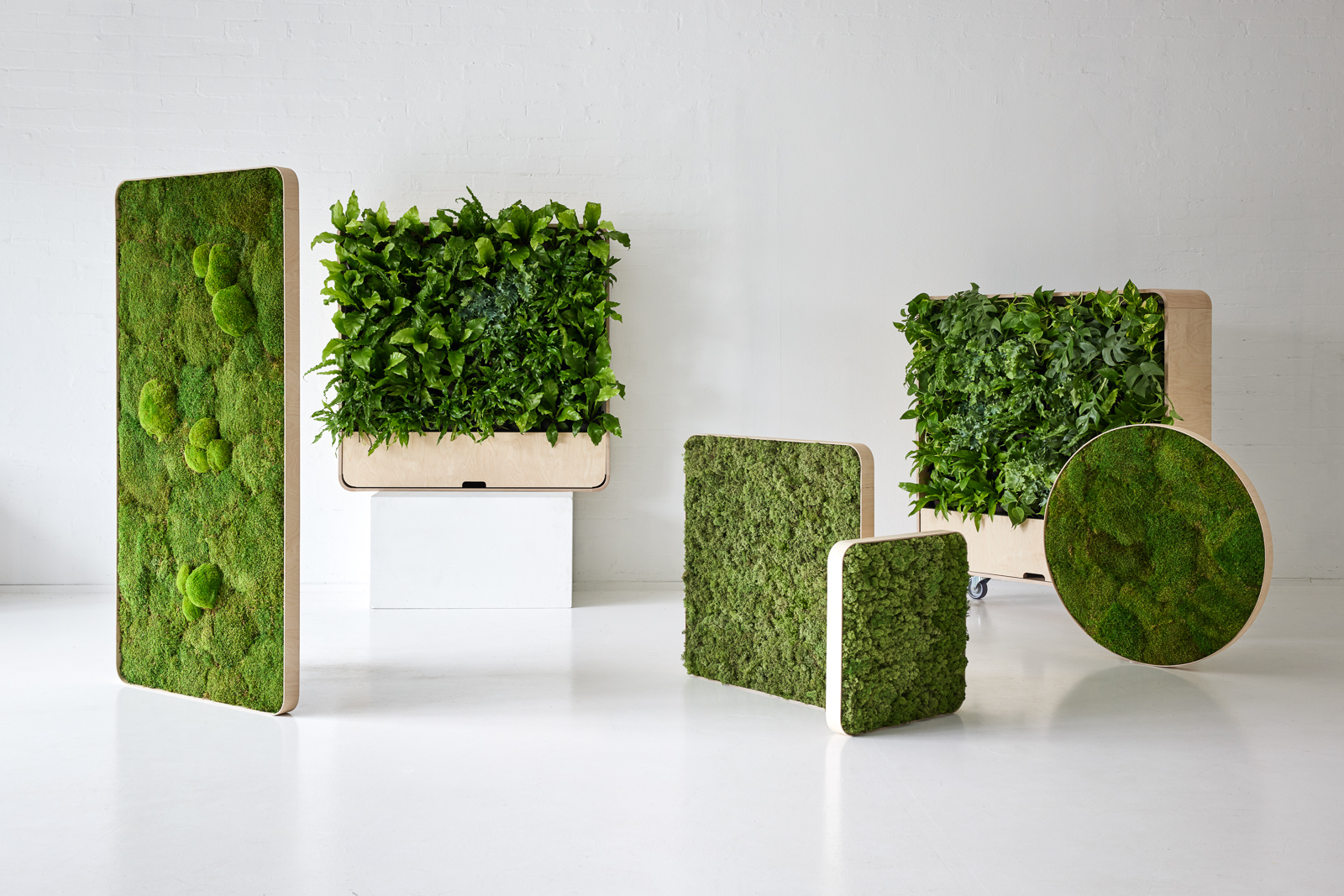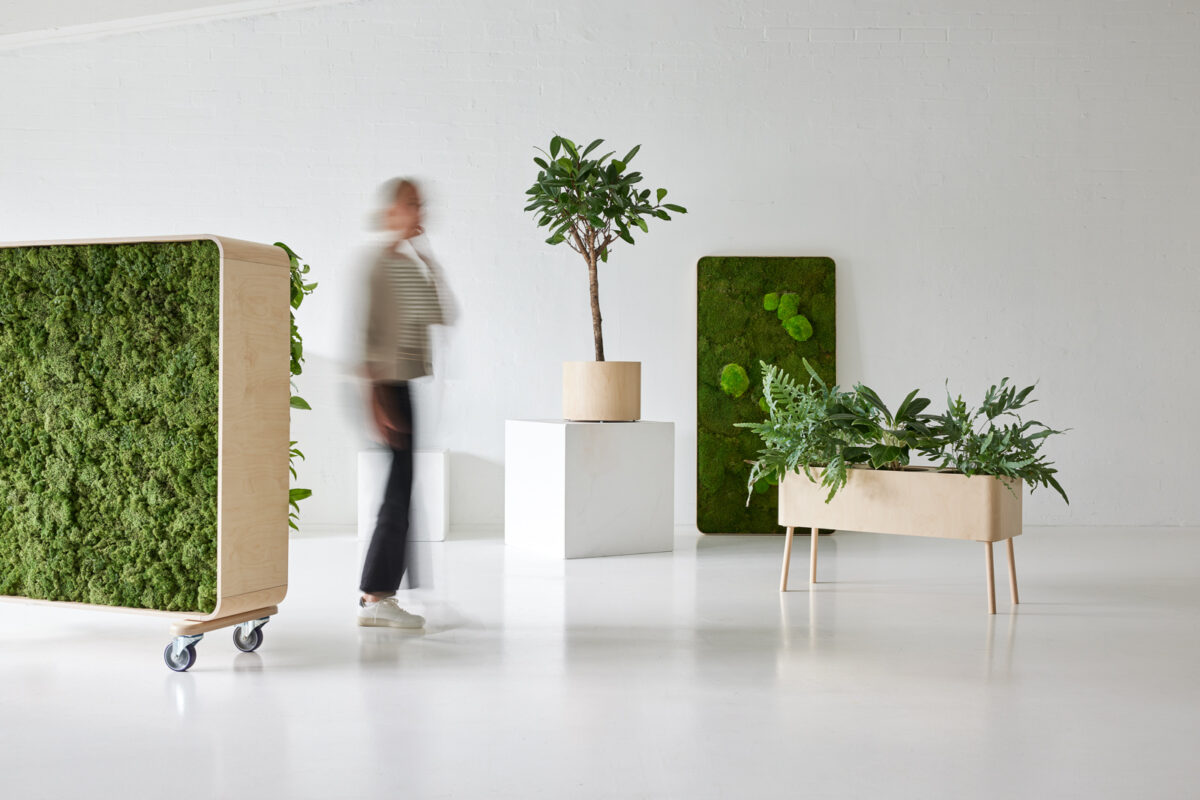Our website uses cookies. We analyze usage statistics collected based on them and they may be used for targeting advertising on other websites.
You can also reject the tracking and use of cookies. More information

Timeless Koivu products pave the way for a more sustainable green industry! Koivu products, with their design and various size options, fit well into diverse spaces and interior styles. The product family, including pots, room dividers, panels, and green walls, is designed and manufactured in Finland using Finnish birch plywood. They challenge their competitors in mass production: Why make poor choices when you can make better ones?
The idea of Koivu pots arose from a desire to create more sustainable green interior solutions. InnoGreen annually supplies thousands of green plants along with their pots to customers. In recent years, there have been challenges in the availability of pots, and it has been nearly impossible to ensure the ethical and environmentally friendly production and transportation of pots, mainly coming from the Far East. When a suitable partner who shared InnoGreen’s values seemed hard to find, there was only one option left: to make the pots themselves.
The first Koivu pots were crafted in the spring of 2022 and were warmly welcomed. Koivu represents a masterpiece of Finnish wood design that withstands the test of time and captivates the gaze. It represents a more sustainable green industry and is the choice of a conscious decorator.
The popular Koivu family expanded in the fall of 2023, and in addition to pots, there are now moss and lichen panels, a room divider pot, and a birch-framed green wall available, diversifying green interior decor. All Koivu products are designed and manufactured in Finland. By choosing Koivu, you know the origin of your green interior product and support Finnish work!
Explore more about Koivu products here!

InnoGreen’s net impact ratio is +42% (ratio checked as of 1/24). This means that the positive effects of our operations outweigh the resources we use. The primary positive impacts of InnoGreen’s business are directed towards society, health, and the environment. We measure and assess the sustainability of our business using methods such as the Upright Project’s net impact approach.
Although we are overall on the positive side, this is not sufficient for us. We continuously strive to make our operations more sustainable and be pioneers in advocating for a more responsible green industry. To improve our operations, we must bravely look in the mirror.
Our most significant sustainability challenges are related to green plants. Growing, transporting, and preserving plants require precise conditions, such as temperature and light. Living plants always need water. Additionally, attention must be given to factors like the growing medium, fertilizer, and the pot; where, how, and from what materials these are made. On the other hand, well-maintained, living plants bring joy for decades, bind carbon, and dead plants are biodegradable. So, the solution is not to reduce plants but to find even better ways to bring nature into urban environments.
Currently, for example…